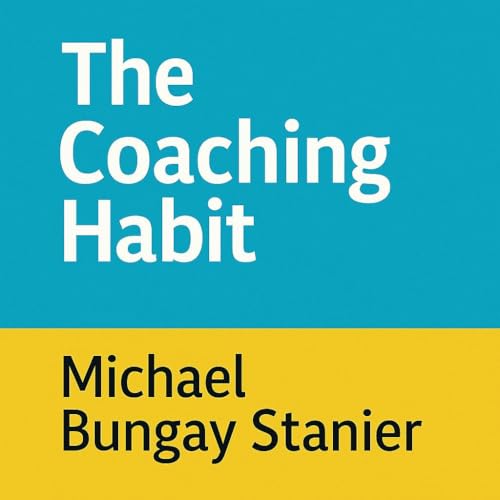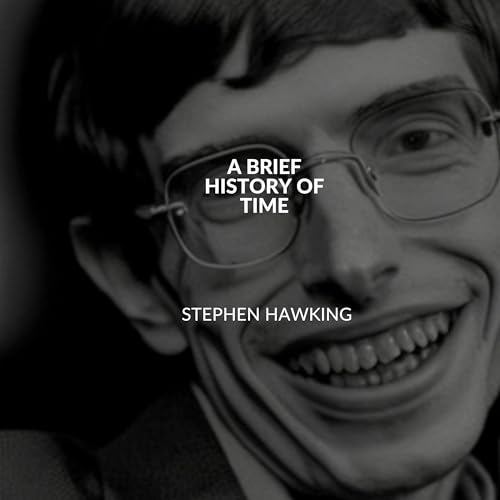Robert Greene's 'The Art of Seduction' is a comprehensive exploration of human attraction, revealing the psychological strategies and personality types that drive successful seduction across various social contexts. Show notes / Free audiobook / PDF & Infographic / 🇩🇪German / 🇪🇸Spanish / 🇫🇷French / 🇸🇪Swedish / Read on your terms. Get the PDF, infographic, full ad-free audiobook and animated version of this summary and 1 million more books on the top-rated StoryShots app: https://www.getstoryshots.com Help us grow and create more amazing content for you! ⭐️⭐️⭐️⭐️⭐️ Don't forget to subscribe, rate and review the StoryShots podcast now. What should our next book be? Suggest and vote it up on the StoryShots app. The Art of Seduction by Robert Greene StoryShots Book Summary and Review Has The Art of Seduction been on your reading list? Learn the key insights now. We’re scratching the surface here. If you don’t already have Robert Greene’s popular book, order it here or get the audiobook for free to learn the juicy details. In his book 'The Art of Seduction', Robert Greene explores the complex psychology of seduction, identifying nine distinct seductive characters and their unique approaches to attracting and influencing others. These characters include the Siren (sexually confident), the Rake (uninhibited desires), the Ideal Lover (attentive to others' needs), the Dandy (adaptable and fluid), the Natural (spontaneous and sincere), the Coquette (self-sufficient), the Charmer (socially pleasing), the Charismatic (intensely confident), and the Star (mysterious and ethereal). Greene also discusses the concept of anti-seducers - individuals whose insecurities and negative behaviors repel potential romantic or social connections. Anti-seducers include types like the Brute (aggressive), the Suffocator (clingy), the Moralizer (inflexible), the Tightwad (financially insecure), the Bumbler (nervous), the Windbag (self-absorbed), the Reactor (easily challenged), and the Vulgarian (presumptuous). The book further delves into 18 types of seduction 'victims', each with unique psychological profiles and vulnerabilities. These range from the Reformed Rake and Disappointed Dreamer to the Pampered Royal, the Novice, the Conqueror, and the Floating Gender. Greene's fundamental thesis is that seduction is a psychological game accessible to anyone who understands human nature, emphasizing that true seduction is about understanding and appealing to an individual's deeper desires and emotional needs. There are nine distinct seducer character types, including the Siren, the Rake, the Ideal Lover, the Dandy, the Natural, the Coquette, the Charmer, the Charismatic, and the Star Seduction is fundamentally a psychological strategy that can be used to influence people, win power, and impact social dynamics, far beyond just romantic interactions (00:00) Introduction to Seduction (02:54) About Robert Greene (04:04) The 9 Seductive Characters (08:17) Avoiding the Anti-Seducer Traits (10:11) Understanding Seducer Victims (16:47) Conclusion and Further Learning Related Book Summaries The 48 Laws of Power by Robert Greene Get the Guy by Matthew Hussey Never Split The Difference by Christopher Voss and Tahl Raz How to Win Friends and Influence People by Dale Carnegie Influence by Robert Cialdini Models by Mark Manson Why People Love Bitches by Sherry Argov Social Intelligence by Daniel Goleman Sex at Dawn by Christopher Ryan and Cacilda Jethá Emotional Intelligence by Daniel Goleman The Laws of Human Nature by Robert Greene Entities: Robert Greene, The Art of Seduction, Lifelock, Odysseus, 48 Laws of Power, 33 Strategies of War, Casanova, Story Shots, Story Shorts, Zen Buddhism, Laws of Human Nature, Fabrica, Joost Elffers, Forty Eight Laws of Power Topics: Characters, power, psychology, Relationships, Seduction Keywords: Seduction, Psychology, Power, Personality, Relationships Learn more about your ad choices. Visit megaphone.fm/adchoices
Más
Menos
 27 m
27 m 24 m
24 m 26 m
26 m 43 m
43 m 26 m
26 m 37 m
37 m 28 m
28 m 34 m
34 m
